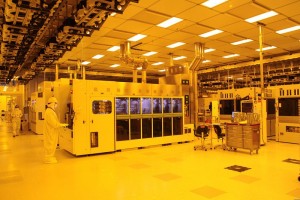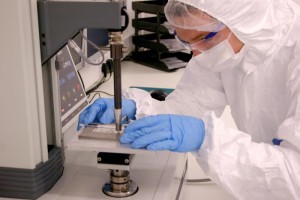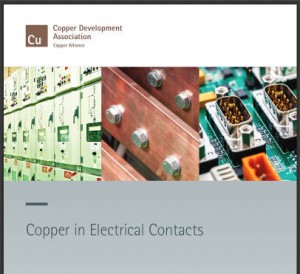By 2019 there should be 110 volume production 300mm fabs in the world compared to 87 today, reports IC Insights. The number of 300mm fabs will likely peak between 115-120.
By comparison, the greatest number of volume-production 200mm wafer fabs in operation was 210 (the number declined to 154 fabs at the end of 2014).
The list of companies with the most 300mm wafer capacity includes memory suppliers Samsung, Micron, SK Hynix, and Toshiba/SanDisk; Intel; and the two largest pure-play foundries TSMC and GlobalFoundries.
200mm fabs be used to fabricate a range of ICs including specialty memories, display drivers, microcontrollers, analogue products, and MEMS.
TSMC, TI, and UMC remain the three companies with the greatest amount of 200mm wafer fab capacity.
450mm is not now expected in production until 2020.




